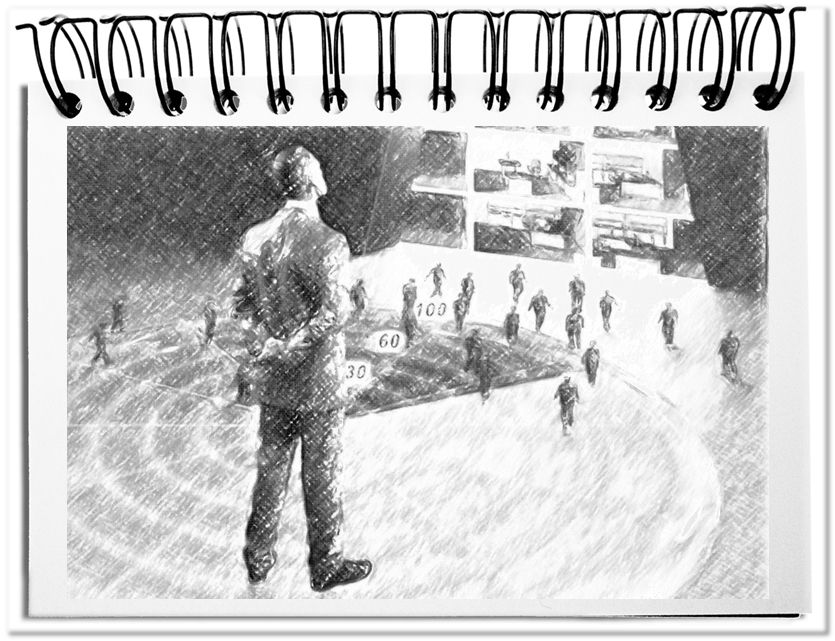In the past, the management of the staff was defined by the structural organization. Selected people were assigned to substantial tasks and the leadership of employees. Today, guidance without the structural formalization is part of projects, workshops and teams. This leads to the fact that more and more employees are entrusted with the control of groups. Apart from the leadership tasks conception, coordination, communication and cooperation the self-management has a crucial role, because the management of others begins with oneself.
 The stability of the own personality, i.e. the physical and psychological resilience, is the prerequisite for an effective control of the employees. For this purpose, one should have the following three areas under control.
The stability of the own personality, i.e. the physical and psychological resilience, is the prerequisite for an effective control of the employees. For this purpose, one should have the following three areas under control.
Who am I?
The coherent self-image is the sum of the possibilities that one possesses in total. For this purpose, the following questions should be answered. Which roles do you have? Which interest groups do you have and where? Which actions do you execute? Which abilities do you have? What is your orientation framework? The better the aspects of the self-image fit together, the easier is the execution of a role and the more reliable you become for your stakeholder.
What do I do?
Most of us will pursue only one business model at a time. Exceptions arise e.g. as a result of the reinforced work in projects, new organization styles and more and more cooperation. What is the real business idea? Which value discipline is located in the center? Which benefit promises do you give to partners and customers? In which markets are you operating? Which products and services do you offer? How do you generate earnings? How does the complete value creation look like and which part is the most important for you? Who are the involved partners and customers? Which resources are required? How do you communicate and coordinate? The more people are working together, the more important is the description of your personal business.
Where do I want to go?
The strategy substantiates the direction, in which you want to develop. How does your vision look like? What is the mission that you have to fulfill? What are the internal and external critical success factors? Which value discipline is the most important in the future? Which strengths, weaknesses, opportunities and risks have to be considered? In which direction do you want to develop? Which are your long-term goals? What are your future core deliverables? Which core competencies will you need? Which will be your core processes? The clearly described strategy is the prerequisite for fruitful cooperation between frequently alternating partners. Thus, it ensures that all pull in the same direction and fewer friction losses evolve.
As soon as you have your three pillars consistently under control, contradictions are settled and all aspects fit to each other, the leadership will become much easier. Your possibilities mutually complement, a consistent picture becomes visible, and your self-confidence is reinforced.

